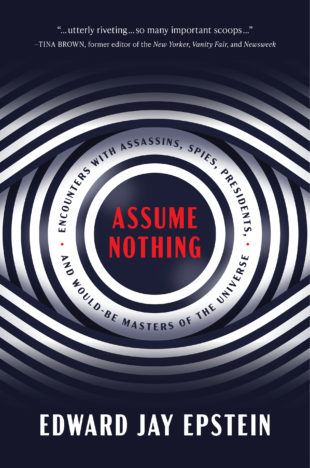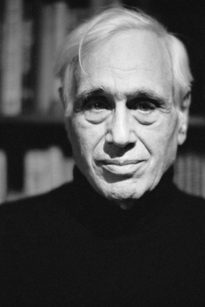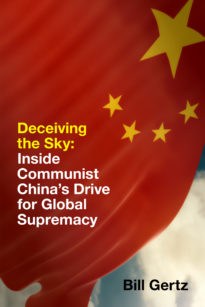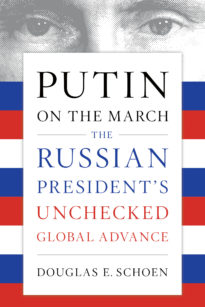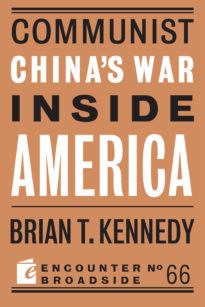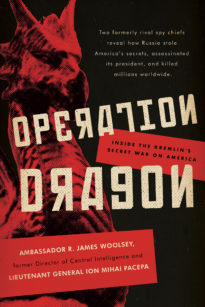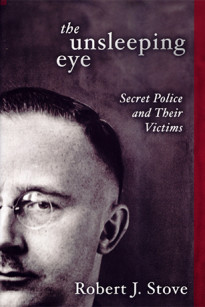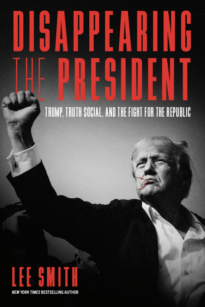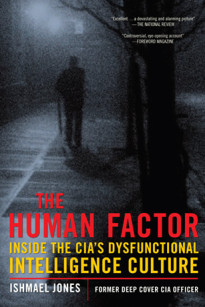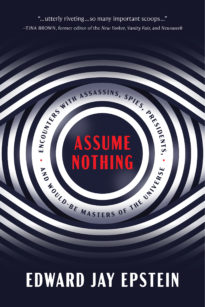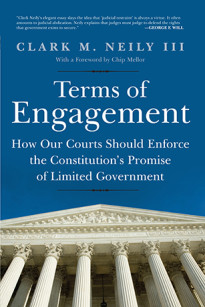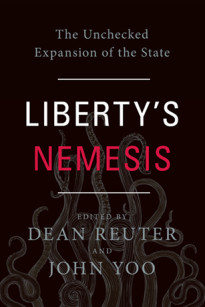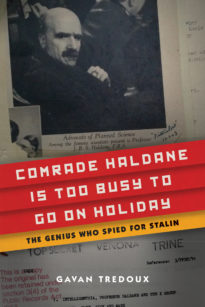I was born in Brooklyn, New York, on December 6, 1935, to well-to-do Jewish parents. My father was a financier in the fur trade; my mother, a talented sculptor. By the time I was 12, I was six feet two and 200 pounds. The accident of premature height, though only a temporary advantage that would ebb as I entered adulthood, conferred on me bold social confidence that would remain. A mediocre student, I went to four different schools in Brooklyn. The first was PS 99, whose experimental penmanship program that replaced script with block letters ruined my handwriting forever. After my father died at a very young age, my mother remarried, and I transferred to PS 139. On graduation, I went to Boys High School and transferred to Midwood High School. I attended Boys High School for only a day because of a loophole in New York’s mandatory assignment system. I had been assigned to Erasmus, the high school for my Flatbush district, but I wanted to go to Midwood, a newer, less crowded and more highly regarded public school that was out of my district. With some enterprise, I discovered that any male student, if he objected to a coed school, could transfer to the city’s aptly named Boys High School and, if he then changed his mind about an all-male education, could instantly transfer to any other school in Brooklyn. Boys High School was in the heart of Bedford-Stuyvesant, which I saw was an unmistakably poor African American area. My walk from the trolley car stop to the high school was my first encounter with the reality of the urban world that lay beyond my protective cocoon in Flatbush. One hour after arriving there, I informed the admission office that I wanted to transfer to a coed school. My ploy worked. The next day I was enrolled in Midwood, located back in the cocoon a block from Brooklyn College. Two years later, my family moved to the suburban town of Rockville Centre on Long Island, which my mother and stepfather thought was a safer environment for children. I transferred to South Side High School. Unlike Midwood, it had extracurricular activities, and I joined the stamp club, which helped stoke my interest in foreign places and my wanderlust. I was able to get a driving license at the age of 16 in Rockville Centre, in contrast to the minimum age of 18 in New York City, and drive around Long Island, an activity that did not help with my grades.
When it came time to choose a college, I decided on Cornell, a university situated on top of a high hill overlooking Lake Cayuga in Upstate New York. Since I applied late, my stepfather turned to a connection at his country club to help me get in. About 60 Jewish businessmen, including my stepfather, had created the Cold Spring Harbor Country Club a few years earlier because many of the country clubs on Long Island did not admit Jews. As a remedy, they bought the Otto Kahn estate, complete with a castle, on the North Shore of Long Island, converted the elaborate stables into a clubhouse, and built an 18-hole golf course. I used to explore the empty castle, a smaller version of San Simeon, while my parents were playing golf before it was sold to a military academy. My stepfather’s connection was Morris Ginsburg, another founding member. His son Martin, an ace golfer, was at Cornell and, at his father’s request, vouched for me with the dean of admission. Favors like this were not uncommon at the golf club. Indeed, they were the coin of the realm there. Soon after I was admitted, I thanked Martin, whose fiancée at the time, Ruth Bader, went on to become a Supreme Court justice and a friend of my mother’s at the country club.
In September 1953, I took the Lehigh Valley Railroad to Ithaca, to go to Cornell. It was the first time I had ever been away from home, and for the first year, I found it a disorienting, if necessary, transition to adulthood. The uniform for male students was dirty white bucks shoes, khaki slacks, button-down shirts, and rep ties. Coeds wore long skirts, cashmere sweaters, and, if they were dating someone, a fraternity pin.
At the beginning of my sophomore year, I wandered into Lit 311. It was not that I had any interest in European literature—or any literature. I was just shopping for a class that met on Monday, Wednesday, and Friday mornings so that I wouldn’t have any Saturday classes. “Literature” also filled one of the requirements for graduation. Lit 311 was officially called European Literature of the Nineteenth Century but was unofficially known as “Dirty Lit” by the Cornell Daily Sun since it dealt with adultery in Anna Karenina and Madame Bovary.
The professor was Vladimir Nabokov, an émigré from the ruling class of czarist Russia. He had been born on April 22, 1899, in Saint Petersburg, then the capital of the Russian empire, and after he fled the Bolshevik Revolution in 1917, he moved first to the Ukraine Republic, then to Germany, France, and the United States, where he wound up teaching at Cornell. Not having met any European intellectuals, I was duly impressed. About six feet tall and balding, he stood, with what I took to be an aristocratic bearing, on the stage of the 250-seat lecture hall in Goldwin Smith. Facing him on the stage was his white-haired wife Vera, whom he identified only as “my course assistant.” He made it clear from the first lecture that he had little interest in fraternizing with students, who would be known not by their names but by their seat numbers. Mine was 121. His only rule was that we could not leave his lecture, even to use the bathroom, without a doctor’s note.
